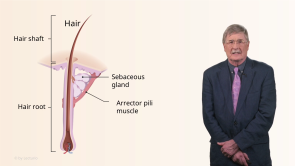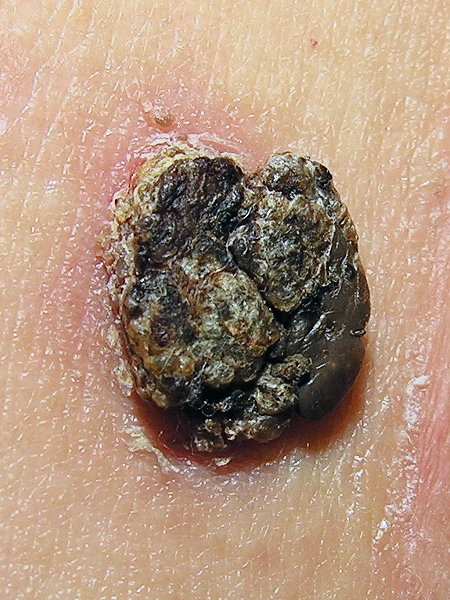

Adnexal Tumors of the Skin
by Richard Mitchell, MD, PhDThis knowledge is crucial for clinical practice as adnexal tumors can present diagnostic challenges due to their diverse manifestations and potential to mimic other skin lesions. The ability to recognize and properly evaluate tumors arising from sebaceous glands, hair follicles (trichoepithelioma), and eccrine glands enables healthcare providers to make accurate diagnoses, determine appropriate management strategies, and identify cases where further investigation may be needed due to potential associations with genetic syndromes or internal malignancies.
Course Details
- Videos 3
- Duration 0:27 h
- Quiz questions 15
- Concept Pages 1



